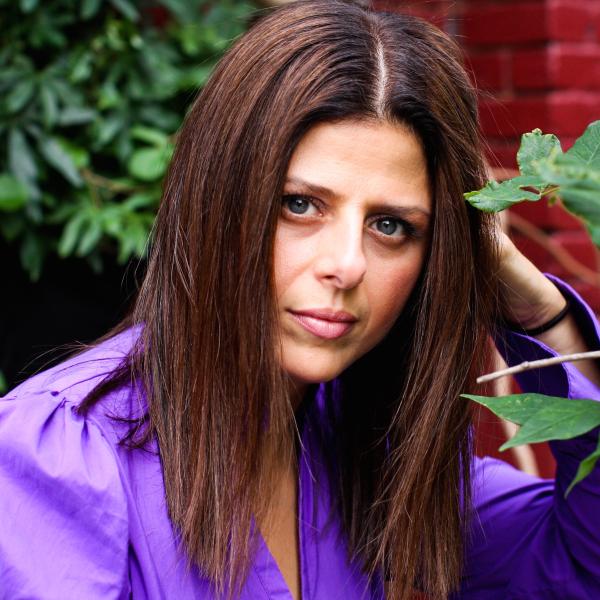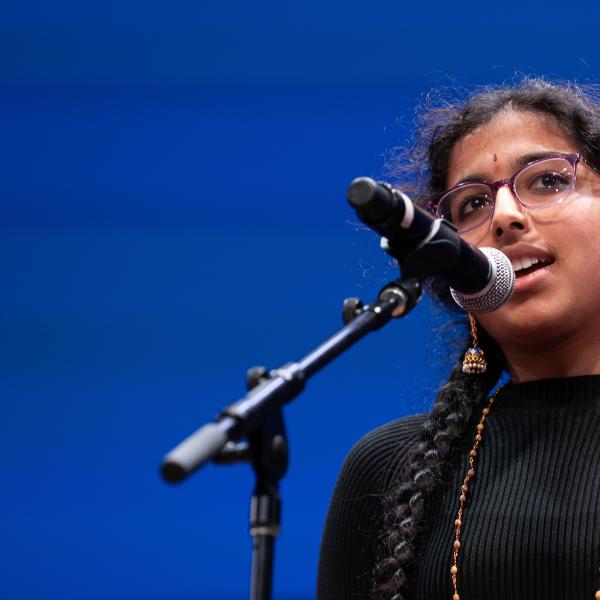Taking Note: To Learn about Arts Participation, Go West

Earlier this year, the NEA announced “new indices of arts participation” in a research report based on the 2012 Survey of Public Participation in the Arts (SPPA). The indices covered a broader range of arts activities than the Arts Endowment typically had reported in the past. This new reporting capability came about for two reasons.
First, in response to public-user feedback from prior years, the 2012 NEA/Census questionnaire was designed to exemplify far more, and more diverse, kinds of arts participation than previously. Example: when one asks about all the different ways in which people now engage with art via media, it turns out that 71 percent of American adults did so at least once in 2012.
The second reason had to do with how the data were presented. For instance, although it’s true that the overall share of U.S. adults who engage in specific arts activities per year is relatively small—21 percent went to an art museum, while 4 percent acted in a play or musical—much larger numbers surface when you aggregate rates by mode of arts participation. Thus, 51 percent of adults reported having attending any kind of visual or performing arts event on the survey, and 43 percent reported creating, practicing, performing, or editing or remixing in some art form.
However, even while NEA researchers were crunching those numbers, survey researchers working for The James Irvine Foundation in San Francisco were “using a larger aperture” to arrive at arts participation data for the entire state of California. The phrase comes from the group’s resulting report, The Cultural Lives of Californians: Insights from the California Survey of Arts & Cultural Participation.
If California deserves its reputation as a trend-setting state, then these survey results merit special attention. The findings suggest that Californians engage in a wide variety of art forms, genres, and activities—more so than shown by the NEA’s national study. The large discrepancy in statistics reported by the SPPA and the California survey is due to several differences in the survey questionnaires and methods. (For details on those differences, see this technical report and a separate analysis of California data derived from the SPPA.)
But ultimately the California survey results are important not for how they contrast to nationally reported trends, but for how they evoke a finely gradated landscape of arts participation for the state’s diverse residents. “California’s immigrants, who comprise approximately 30 percent of the state’s adult population,” the report states, “report participating in numerous arts and cultural activities at starkly lower rates than their non-immigrant peers.” Another growing demographic subgroup in California, older adults (aged 65 and over), shows significantly lower rates of art-making than do younger adults.
The report’s authors wisely convert these statistics into a challenge for practitioners. “What types of connections do California’s nonprofit arts organizations have with California’s growing Latino and Asian populations?” they ask. And “how can California’s nonprofit [arts] sector connect with the state’s growing elderly population?” These questions are worth tracking from Washington, DC, given not only the size of California, but, once again, its role as a bellwether for U.S. demographics.
Some answers can be found in an analysis of the types of venues where arts activities occur (a factor that also was addressed by the 2012 SPPA). Although they generally attend arts events at lower rates than non-immigrants, for example, immigrant art-goers are “more likely than other Californian adult-goers to go to events in community spaces.” This finding’s implications are even clearer in light of another Irvine Foundation-commissioned report, released last year.
Even while offering insights on how different demographic subgroups experience art in California, the new report does not shrink from illustrating facts hiding in plain sight. It should be obvious that people who make art (e.g., create or perform it) do so with more regularity than they attend an arts event. And yet, as lead author Jennifer Novak-Leonard and her colleagues observe, “this behavior receives little attention from large segments of the nonprofit arts field.”
The same could be said of another finding from the report— namely, that art-making and art-learning is especially popular in one’s home (or in someone else’s home). This result echoes, incidentally, an NEA research report showing that 85 percent of people who make arts/crafts on any given day do so in the home. What should arts funders and organizations make of this one? Maybe someday a crafty (pun intended) marketer will produce a tagline that adapts a famous saying of Pascal’s: “All of humanity’s problems stem from not being able to sit quietly in a room alone—and crochet.”




